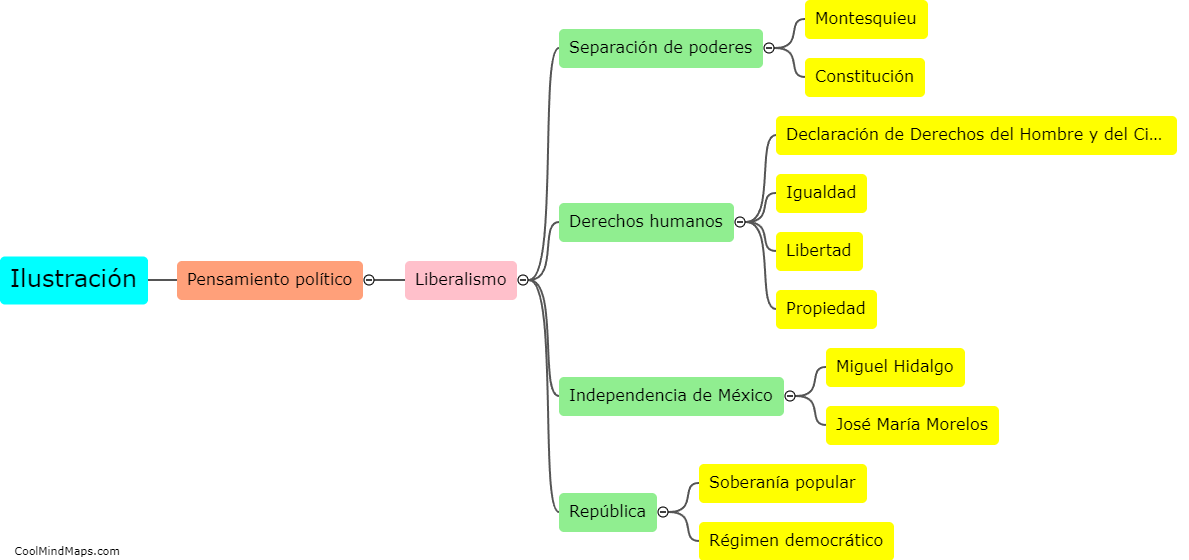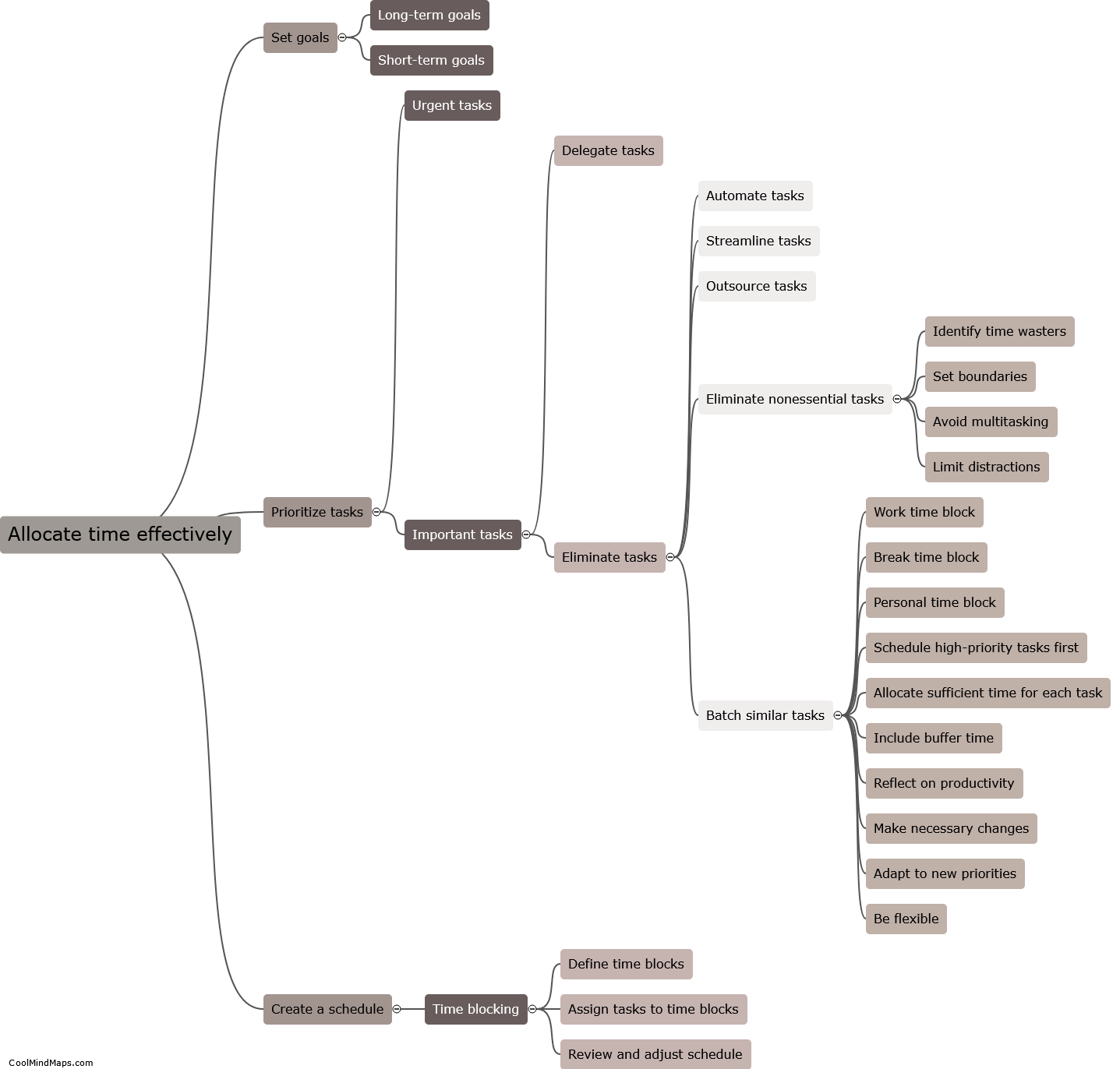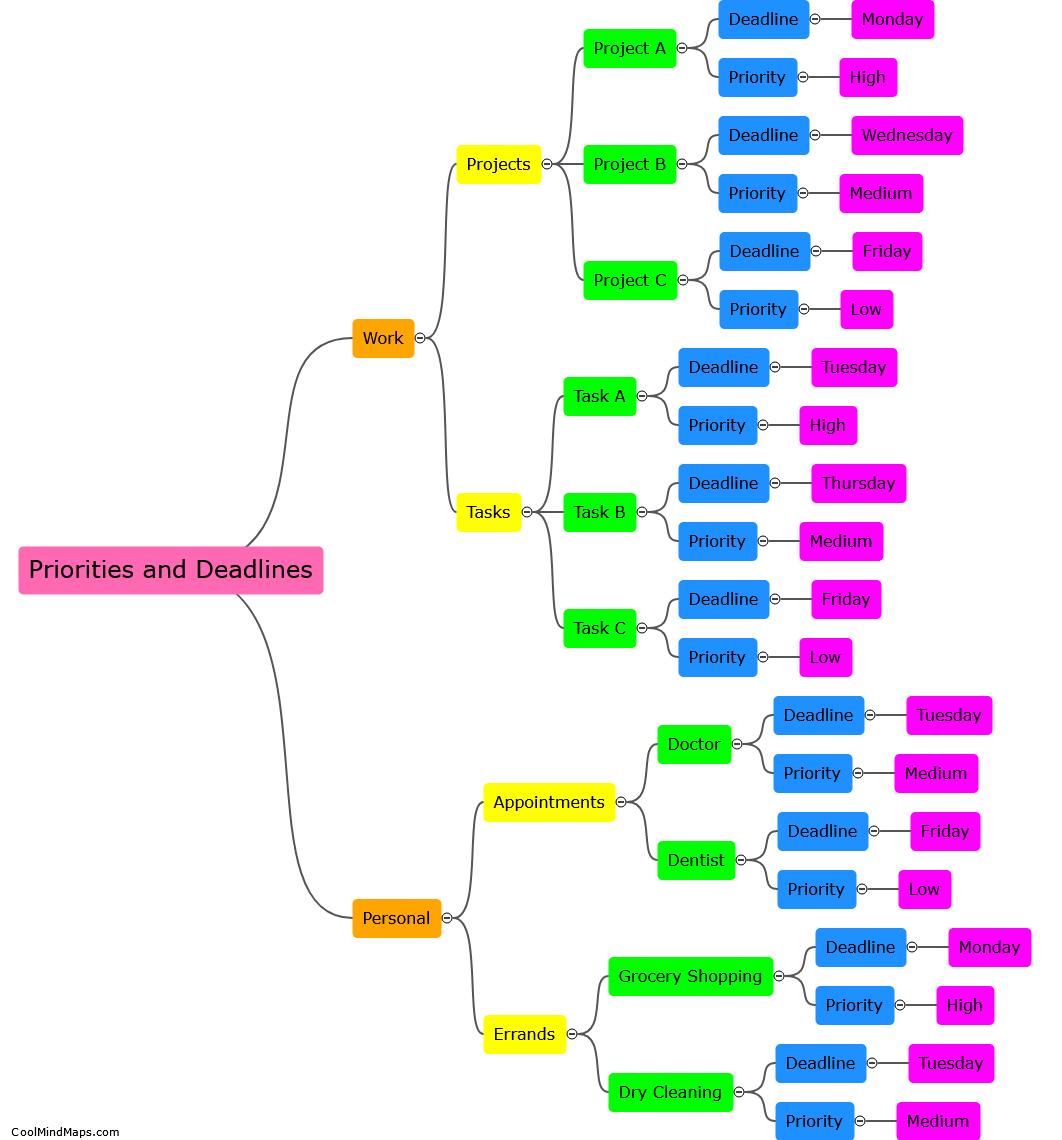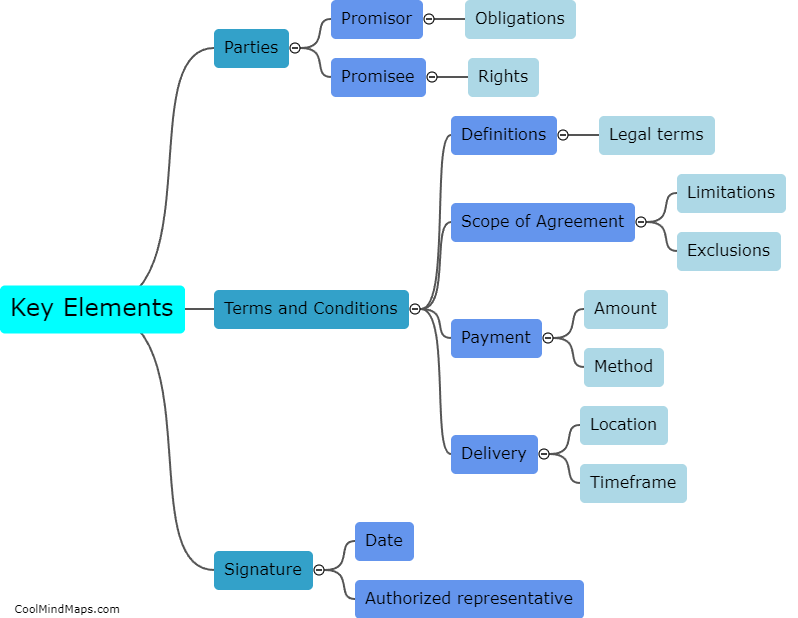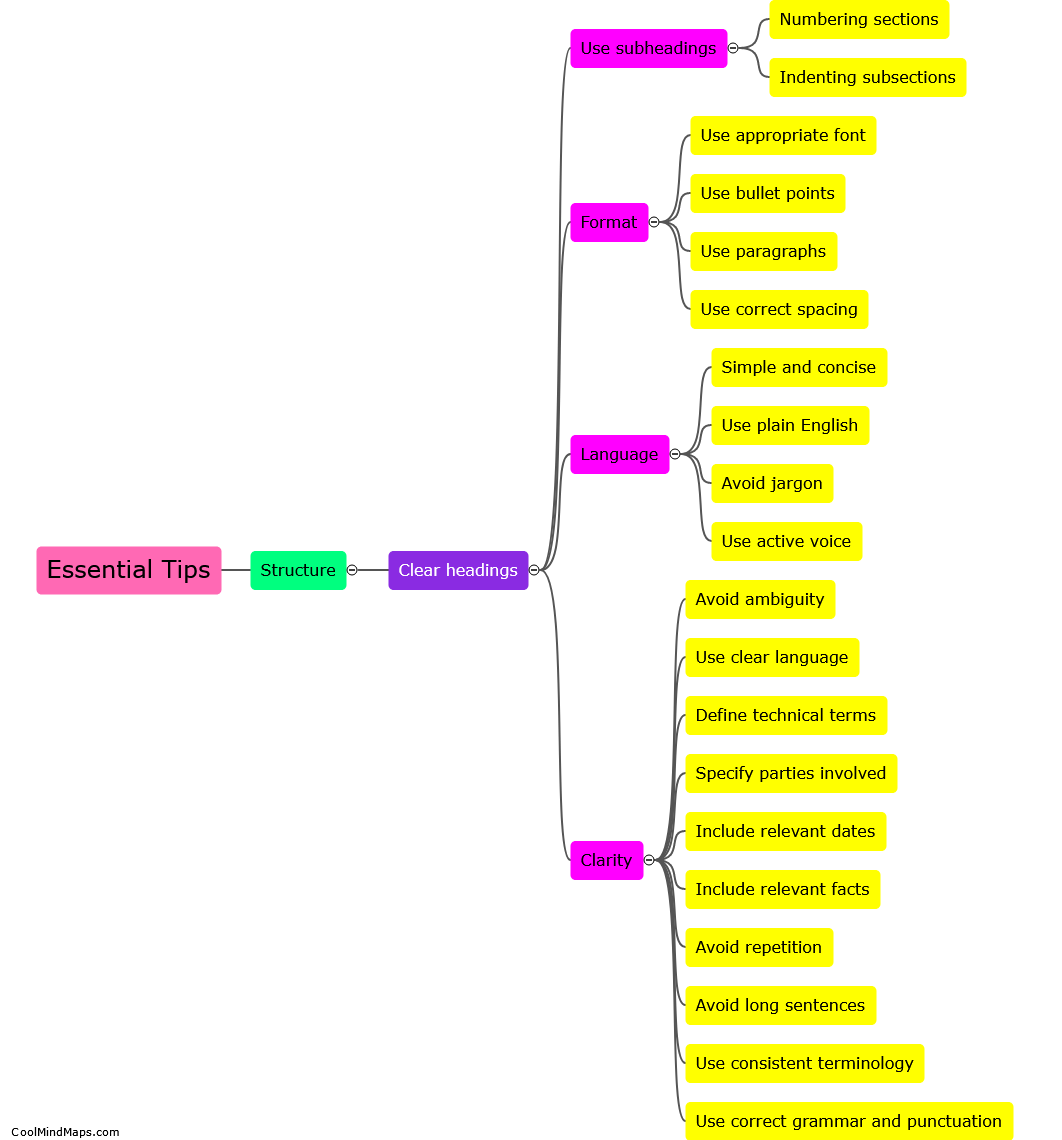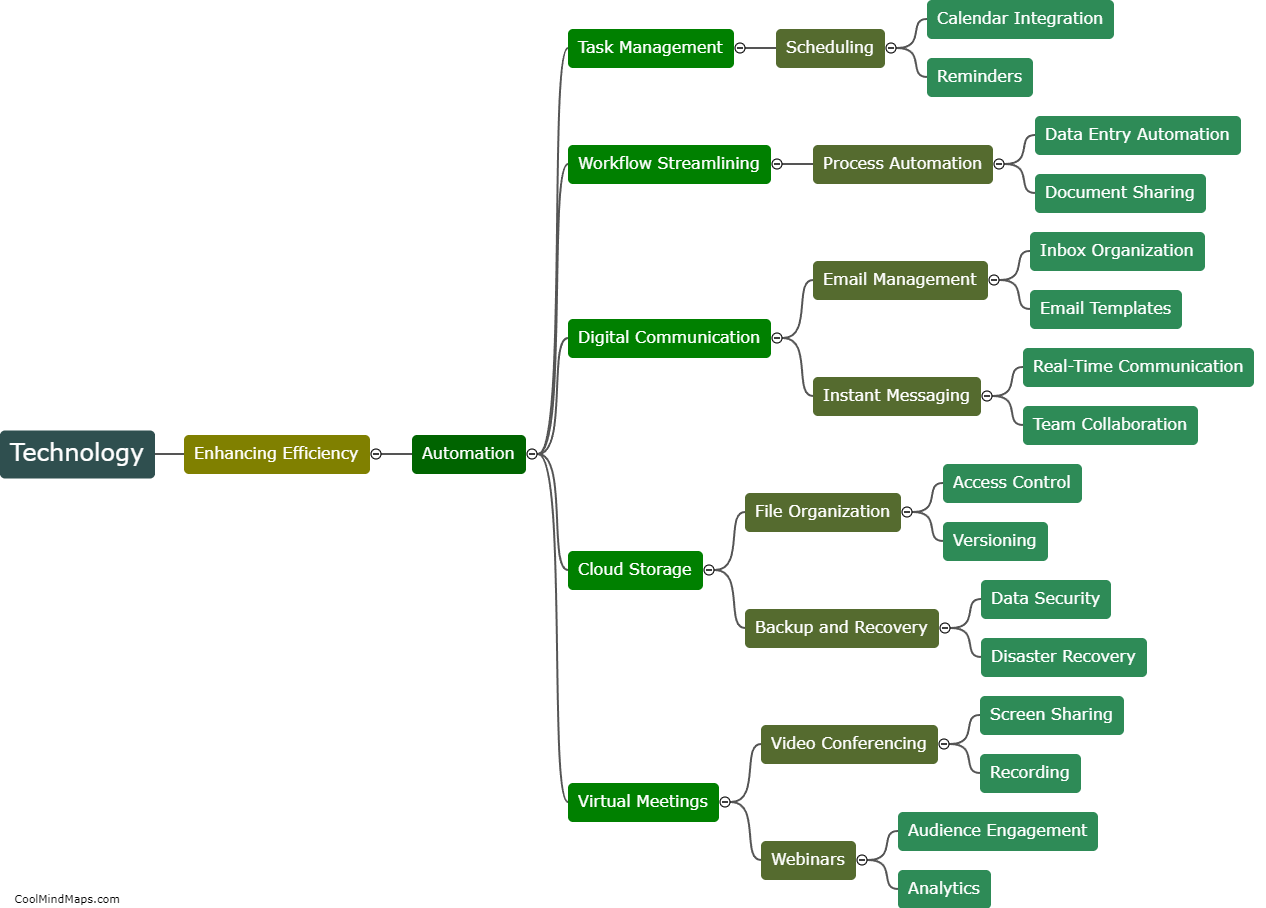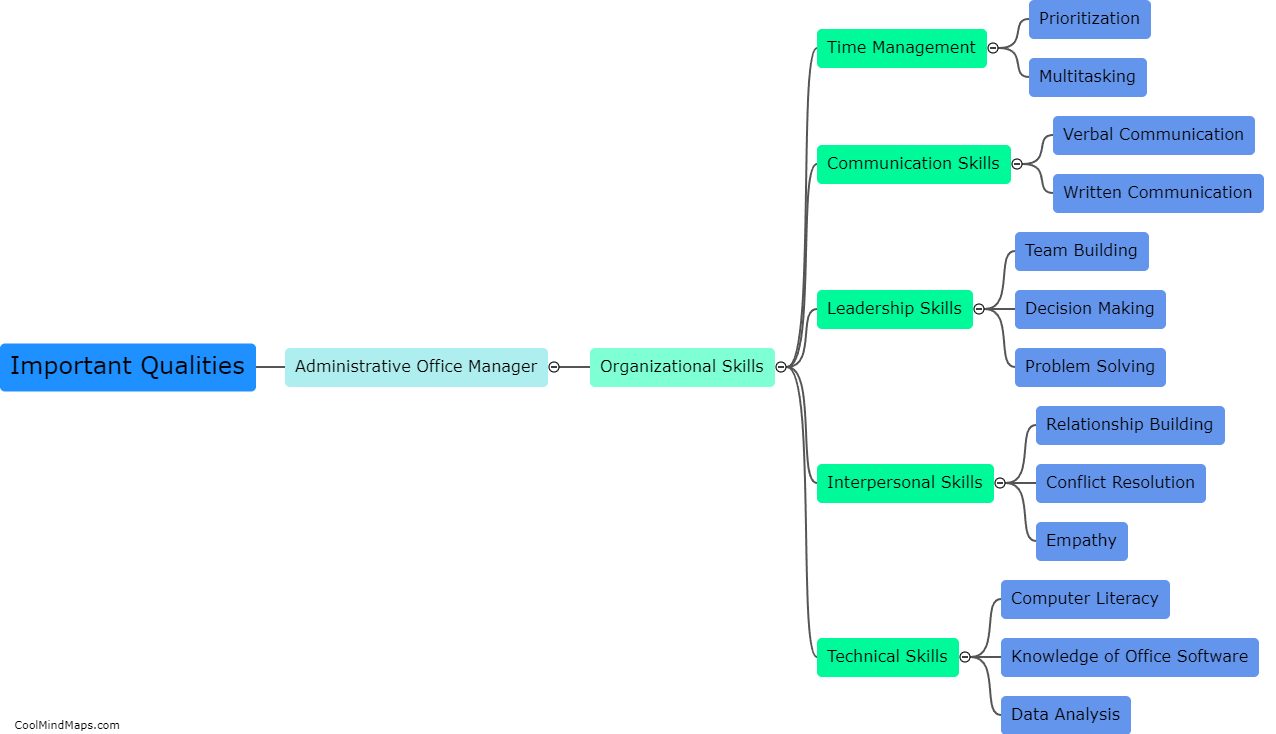How to structure a legal document?
Structuring a legal document is essential to ensure clarity, organization, and coherence. The structure of such documents typically includes several key sections. It begins with a clear and concise title, followed by introductory clauses that define the parties involved, their roles, and the purpose of the document. The main body of the document outlines the terms, obligations, and responsibilities of each party in a logical and sequential manner, using headings and subheadings to divide and categorize different topics. Supporting information such as definitions, exhibits, and schedules are included, if necessary. Finally, the document concludes with signature blocks, dates, and any necessary closing clauses. By following a well-structured format, a legal document becomes easier to read, understand, and navigate for all parties involved.
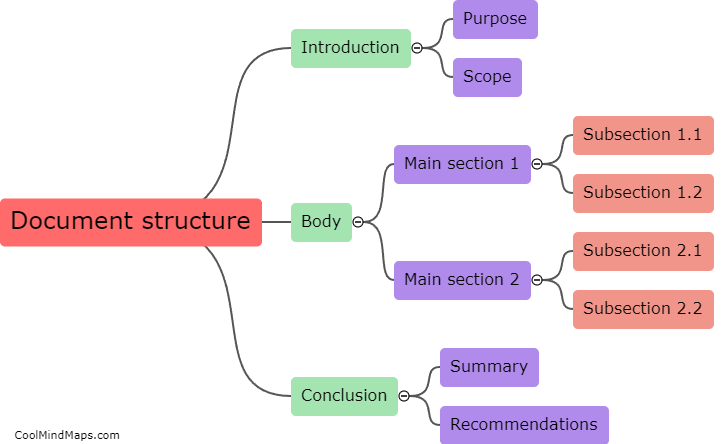
This mind map was published on 31 August 2023 and has been viewed 196 times.




